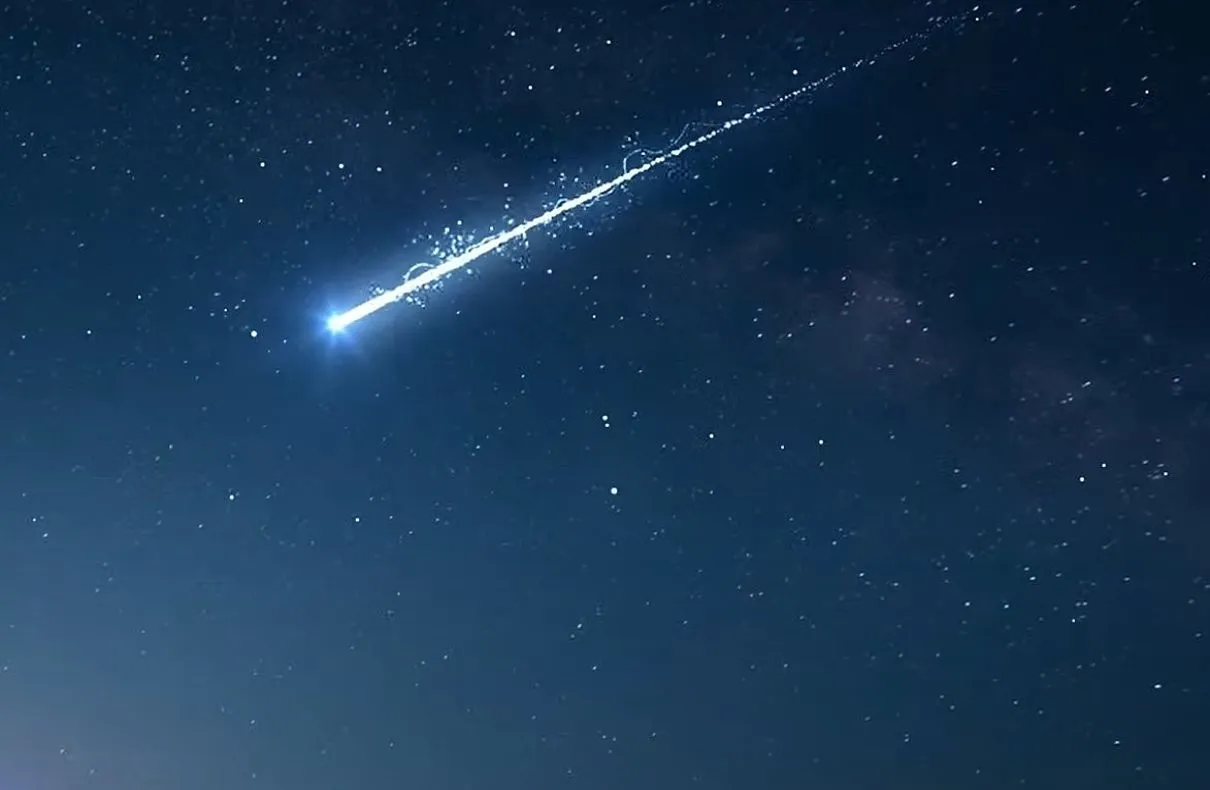
The Devil Comet, also known as Comet Pons-Brooks, is a space rock that’s about the size of Mount Everest. It’s nicknamed the “Devil Comet” because it erupts with horns, and its eruptions can create unique visual patterns when viewed through a telescope.
The Devil Comet has erupted at least six times in 2023, most recently on December 15. Its eruptions appear to violently eject ice and gas every 15 days. The Devil Comet will be visible during the total solar eclipse on April 21, 2024.
The massive comet, known as 12P, is 18.6 miles in diameter and filled with large amounts of gas and ice. Its cryovolcano, a vent that acts as a volcano, explodes when exposed to the sun. The blasts occur at 15-day intervals, with the next scheduled for Friday or Saturday.
Scientists Find Evidence of an Ocean on Saturn’s Moon Mimas
“The last few eruptions have occurred on a 15-day rhythm,” Nick James of the British Astronomical Association told him. “And we might be coming to someone else.”
BAA’s Richard Miles described it as “Old Faithful”. “Comet 12P has a supercryogeyser, which erupts at its location after local sunrise,” he said.
Previous eruptions had caused the comet to grow horns, although in recent times they have become less pronounced. To see the horns or eruptions, a telescope is required, although in the spring, observers should be able to see it with the naked eye.
Although the prospect of a rogue, explosive comet hurtling toward Earth may be worrisome to some, Earth’s inhabitants need not worry.
NASA’s Planetary Defense Coordination Office runs the Asteroid Watch program, which keeps an eye on every potential threat to Earth. The catalog is so advanced that the organization can track threats centuries into the future.
Intuitive Machines Lunar Lander Set to Launch Early Wednesday
“Whatever we find, we observe it to determine their orbits, see where they’re going, and whether they’ll be any threat to Earth in the future,” says NASA planetary defense officer Lindley Johnson.
So that’s our strategy here.” and the lead program executive for the Planetary Defense Coordination Office told the Washington Examiner. “Now we have the technology to find these objects.
